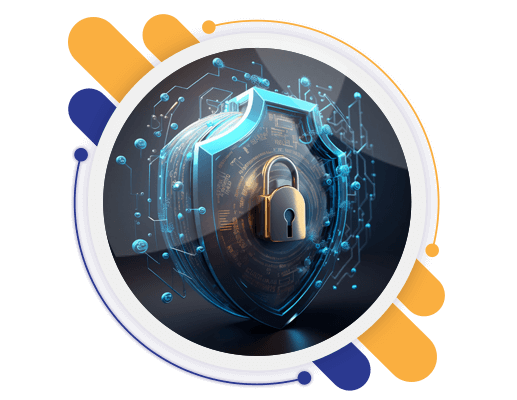"SMEClabs" is a registered trademark of SMEC Automation Pvt. Ltd. © 2024 SMEClabs All rights reserved

78%
Alumni Career Transitions
5200+
Hiring Partners
60%
Avg Salary Hike
22
Years of R & D in Syllabus
CompTIA A+
EXAM NUMBER: CORE 1 (2201101)
** Syllabus Updated on April 2023 -2024
Diploma in Cyber Security Course Networking Training 2023 and Certification Online Offline classes Virtual Lab Facility Updated syllabus
Cyber Security is becoming one of the finest options in all organizations. Due to the rapidly increasing cyber-attacks across the globe, organizations are searching for specialists who can help them in handling the same. To begin a career, we at GNA University are offering a one-year diploma program in cyber security to meet the growing needs and specialized knowledge in all aspects of cyber security. The program is formulated to provide students the full-fledge knowledge of cybercrime and security theoretically as well as practically. Cyber security is a field that involves defending against cybercrime, espionage, sabotage on the internet and networks for a number of different reasons. Students will study subjects such as network design, security measures, potential threats, firewalls, and antiviral software. After doing this diploma you are enabled for multiple career prospectus that works in a dynamic world of cyber security.
Cybersecurity specialists work in each size organization and industry to shield organizations from information breaks and assaults. Furthermore, the interest in cybersecurity experts is developing fast. Employment for cybersecurity positions have become quicker than openings for IT occupations in general.
Career Pathways :
Diploma in Cyber Security is intended to give an all encompassing comprehension of key advances and strategies engaged with network protection, security of existing frameworks from digital danger and arising new methods for security assurances. Toward the finish of the course understudies will be furnished with new instruments to deal with their own network protection arrangements. The educational plan will cover Essential Working Frameworks (Windows and Linux), Information Correspondence and Systems administration (Firewall and Convention), Data Security, Application and Organization Network protection and Venture work. The program will likewise illuminate Digital Regulations, kinds of hacking and security review.
** The above is the lite syllabus and doesn’t cover the full syllabus. To get full syllabus Book a Free Demo Now

International & National Level Certification.
Subscription for remote lab connectivity. 24x7
Set and maintain flexible deadlines.






Mode of Training
6 Months +
Learning Content + Practicals
SMEClabs
INDIA
2nd Floor Kaloor Bus stand Complex Cochin.
Ph: +91 9958873874
[email protected]
"SMEClabs" is a registered trademark of SMEC Automation Pvt. Ltd. © 2024 SMEClabs All rights reserved